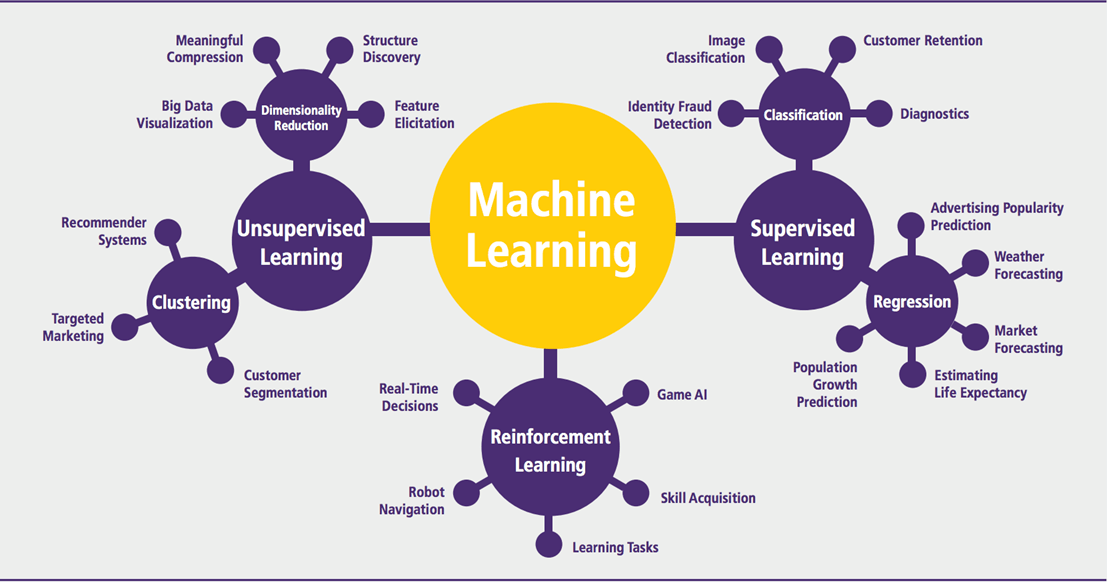- Aug 29, 2025 / Machine Learning

Machine Learning (ML) has become one of the most essential skills for data scientists. Whether it’s predicting customer churn, recommending products, or detecting fraud, ML algorithms power real-world applications across industries.
For beginners and professionals alike, understanding the core machine learning algorithms is crucial. While the ML ecosystem is vast, there are a few algorithms every data scientist must know, as they form the foundation of most projects.
In this blog, we’ll explore the Top 5 Machine Learning Algorithms that every data scientist should master — with explanations, use cases, and pros & cons.
1. Linear Regression
Category: Supervised Learning (Regression)
Linear Regression is one of the simplest yet most powerful algorithms. It predicts a continuous numerical value by finding the best-fit straight line through the data.
-
How it Works:
Y=aX+bY = aX + bY=aX+b
It models the relationship between input variables (X) and the output variable (Y) using a linear equation:where
ais the slope (coefficient) andbis the intercept.
2. Logistic Regression
Category: Supervised Learning (Classification)
Despite its name, Logistic Regression is used for classification problems, not regression. It predicts the probability of a binary outcome (Yes/No, 0/1).
-
How it Works:
It applies the sigmoid function to map predicted values between 0 and 1, then classifies them into categories.
3. Decision Trees & Random Forests
Category: Supervised Learning (Classification & Regression)
✅ Decision Trees
A Decision Tree splits data into branches based on conditions until it reaches a decision. It mimics human decision-making.
✅ Random Forests
Random Forest is an ensemble learning method that combines multiple Decision Trees to improve accuracy and reduce overfitting.
4. Support Vector Machines (SVM)
Category: Supervised Learning (Classification)
SVM is a powerful algorithm used to classify data by finding the best hyperplane that separates classes.
-
How it Works:
It maximizes the margin between data points of different classes. Kernel functions allow it to handle non-linear data.
5. K-Means Clustering
Category: Unsupervised Learning (Clustering)
K-Means is an unsupervised learning algorithm that groups data into k clusters based on similarity. It minimizes the distance between data points and their assigned cluster centers.
-
How it Works:
-
Choose
k(number of clusters). -
Assign each point to the nearest cluster center.
-
Recalculate centers until convergence.
-

0 comment